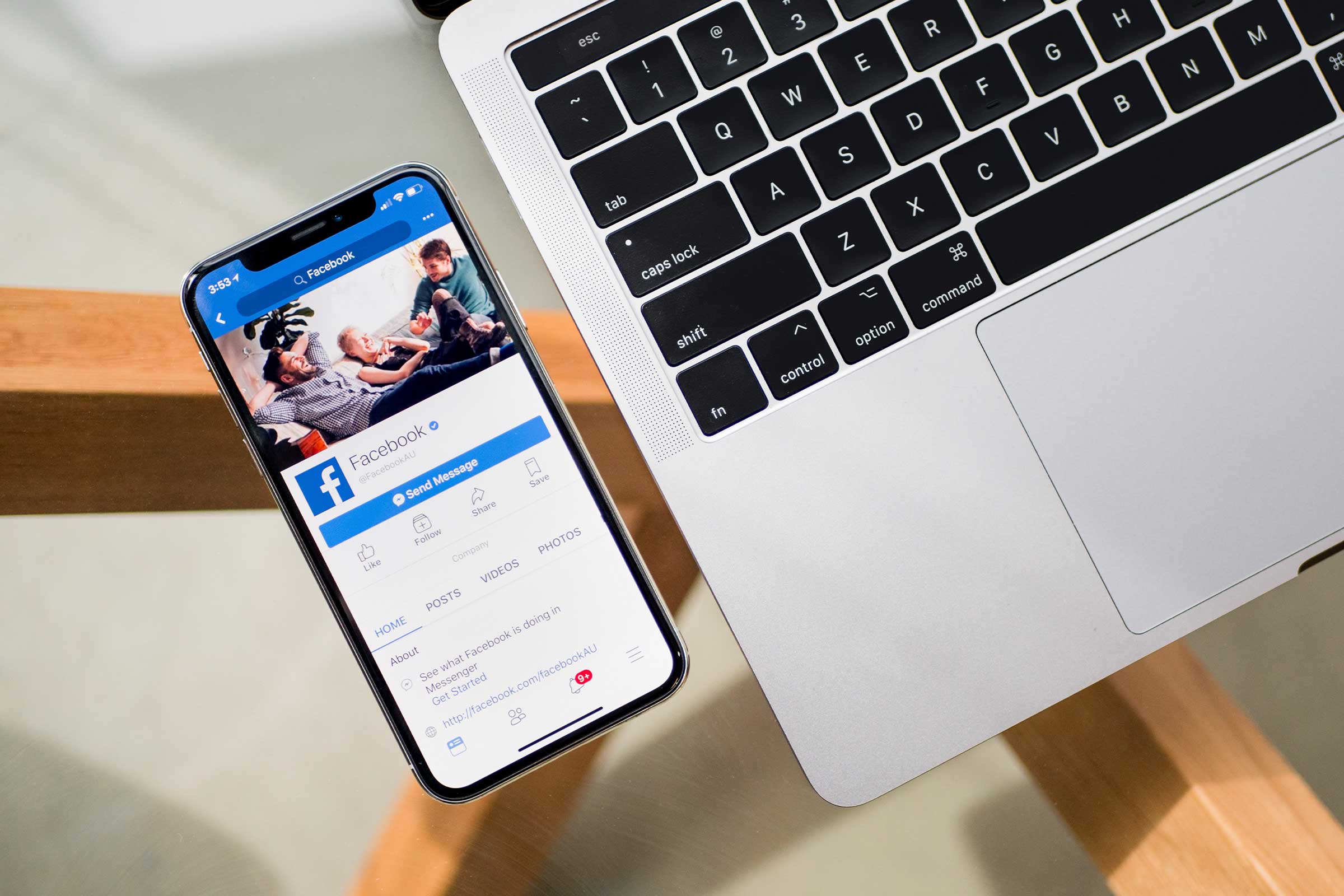In today’s competitive digital advertising landscape, optimizing your Facebook ad spend isn’t just about spending less – it’s about getting more value from every dollar invested. As a growth marketing specialist who’s managed millions in ad spend, I’ll share proven techniques to reduce costs while maintaining or even improving campaign performance.
Understanding the Cost Efficiency Framework
Before diving into specific techniques, it’s crucial to understand what drives Facebook ad costs:
Relevance Score significantly impacts your cost per click (CPC). Higher relevance scores lead to lower costs. Facebook rewards ads that genuinely engage your target audience with better placement and lower rates.
Audience targeting precision directly affects your ad spend efficiency. Broader isn’t always better – sometimes, hyper-targeted campaigns deliver better ROI despite smaller reach.
Advanced Targeting Strategies
Master these targeting techniques to reduce wasted spend:
Implement detailed audience segmentation based on behavior patterns, not just demographics. Track which segments convert best and adjust budgets accordingly. This alone can reduce ad spend by 20-30%.
Utilize Facebook’s Lookalike Audiences strategically. Start with 1% lookalikes of your best customers, then test expanding to 2-3% if performance remains strong. This approach often yields higher quality leads at lower costs.
Creative Optimization Techniques
Your ad creative dramatically impacts cost efficiency:
Refresh ad creative regularly to combat ad fatigue. Data shows that updating visuals every 10-14 days can maintain lower costs per click. However, when you find a winning creative, create variations rather than starting from scratch.
Test multiple ad formats simultaneously. While video often delivers the best engagement rates, some audiences respond better to carousel or single image ads. Let data guide your format selection.
Budget Management Strategies
Smart budget allocation can significantly reduce overall spend:
Implement dayparting based on performance data. If your analytics show better conversion rates during specific hours, adjust your ad schedule accordingly. This often reduces spend by 15-25% while maintaining results.
Use automated rules to pause underperforming ad sets and reallocate budget to top performers. Set up rules to monitor key metrics like CPA or ROAS and take automatic action when thresholds are crossed.
Advanced Bidding Techniques
Master these bidding strategies to optimize costs:
Start with higher bids to gather data, then gradually reduce them while monitoring performance. This approach helps you find the sweet spot between cost and results.
Test different bidding strategies (CPC, CPM, CPA) based on campaign objectives. Sometimes, paying more per click leads to better overall campaign efficiency.
Conversion Optimization
Improve your conversion funnel to get more value from existing traffic:
Implement retargeting strategies based on user behavior. Create specific campaigns for cart abandoners, website visitors, and engagement with previous ads.
Use Facebook’s Campaign Budget Optimization (CBO) tool effectively by setting the right constraints and allowing sufficient learning time.
Analytics and Tracking
Proper tracking is crucial for cost optimization:
Set up comprehensive conversion tracking beyond just purchases. Track micro-conversions to understand your full funnel and optimize earlier stages.
Use UTM parameters religiously to track which ad variations perform best and deserve more budget allocation.
Common Pitfalls to Avoid
Don’t fall into these expensive traps:
Avoid broad targeting without proper audience research. While it might seem counterintuitive, broader targeting often leads to higher costs and lower quality leads.
Don’t neglect mobile optimization. Poor mobile experience leads to wasted ad spend, as most Facebook users access the platform via mobile devices.
Final Thoughts
Reducing Facebook ad spend while maintaining results requires a systematic approach combining strategic targeting, creative optimization, and continuous testing. Start implementing these techniques gradually, measuring the impact of each change before moving to the next.
Remember, the goal isn’t just to spend less – it’s to get better results from your investment. Monitor your key performance indicators closely and be prepared to adjust your strategy based on data-driven insights.











